Basel, Switzerland, has a rich history of urban development that spans over two millennia. Its location at the confluence of the Rhine River and the borders of Switzerland, Germany, and France has made it a strategically important and culturally diverse city. Here is a brief overview of the history of urban development in Basel:
- Roman Basel: Basel’s history can be traced back to Roman times when it was known as “Augusta Raurica.” It was an important Roman settlement and served as a hub for trade and commerce.
- Medieval Basel: In the Middle Ages, Basel became a free imperial city and a significant center for trade and culture. The construction of the Basel Minster (Basler Münster) began in the 12th century, and the city’s fortifications were expanded during this period.
- Renaissance and Reformation: Basel played a crucial role in the intellectual and religious movements of the Renaissance and Reformation. In 1457, the University of Basel was founded, attracting prominent scholars like Erasmus. The city was also a hub for the early printing industry, with Johannes Gutenberg’s Bible being printed here.
- Early Modern Era: During the 16th and 17th centuries, Basel continued to thrive as a cultural and commercial center. The construction of the Town Hall (Rathaus) in the late 16th century is a significant architectural landmark from this period.
- French Revolution and Napoleonic Era: Basel was occupied by French troops during the French Revolution and the Napoleonic Wars. In 1795, it became part of the French Republic and later the French Empire.
- Swiss Confederation: After the defeat of Napoleon, Basel became part of the Swiss Confederation in 1798. It has since been one of the Swiss cantons (states). The Swiss Federal Constitution was drafted in Basel in 1848.
- 19th and 20th Centuries: The 19th and 20th centuries saw significant changes in Basel’s urban development. The city expanded, and its industrial and pharmaceutical sectors, including companies like Novartis and Roche, became globally influential. Urban planning projects transformed the cityscape, with notable developments like the construction of the Kunstmuseum Basel and the Basel SBB railway station.
- Contemporary Basel: In recent decades, Basel has continued to evolve as a vibrant and culturally rich city. The city is known for its strong emphasis on the arts, with numerous museums, galleries, and cultural events. The Basel Art Museum (Kunstmuseum Basel) is one of the most prominent art institutions in Switzerland.
- Infrastructure and Transportation: Basel is well-connected by a modern transportation network, including roads, railways, and an international airport. The city is also known for its trade fairs and exhibitions, such as Art Basel and Baselworld.
- Multicultural and International City: Basel’s location at the crossroads of Europe has made it a cosmopolitan and multicultural city. It is home to a diverse population, and multiple languages are spoken due to its proximity to neighboring countries.
Throughout its history, Basel has managed to preserve its historical architecture while adapting to the demands of modern urban living. It continues to be a dynamic center of culture, commerce, and innovation in Europe.

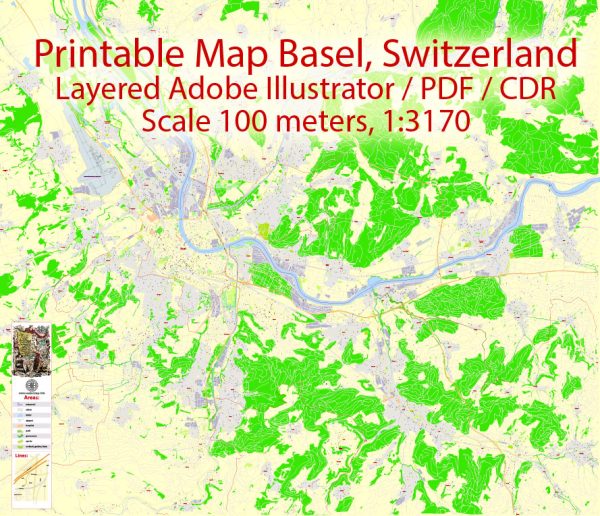
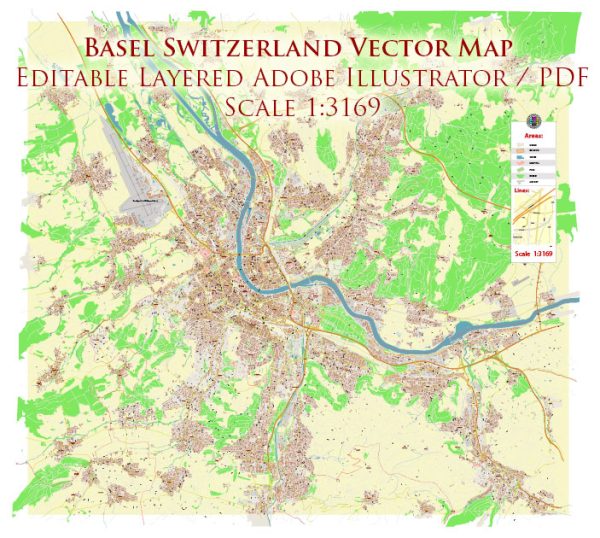
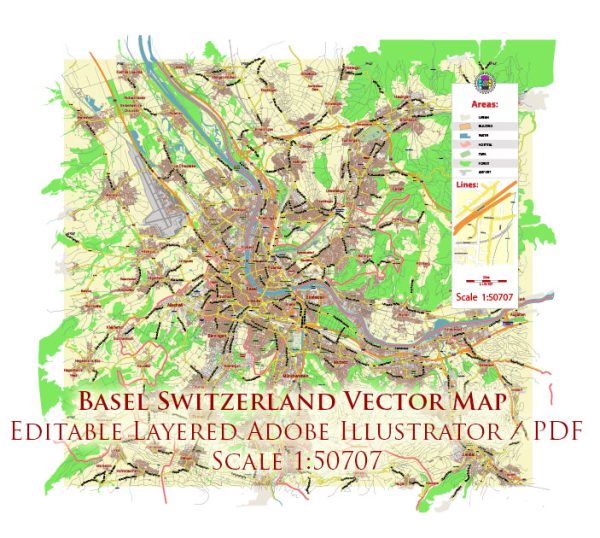
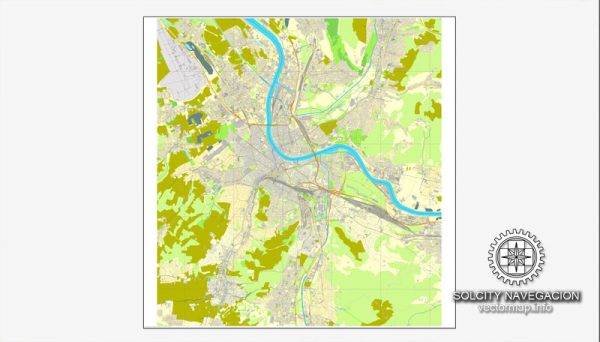
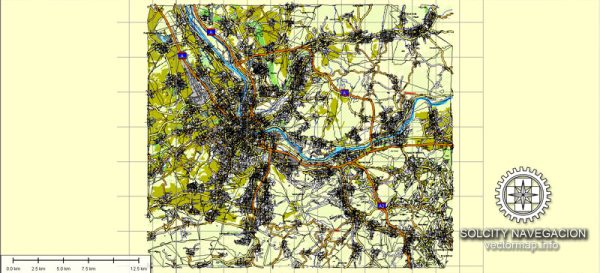
 Author: Kirill Shrayber, Ph.D.
Author: Kirill Shrayber, Ph.D.